Forgiveness is a universal language that speaks to the heart of humanity. From the bustling streets of New York to the serene temples of Kyoto, people have sought ways to mend broken relationships and heal wounded spirits. This journey through 15 symbols of forgiveness from across the globe will open your eyes to the rich tapestry of reconciliation woven by diverse cultures.
What is Forgiveness?
Forgiveness is more than just saying “I’m sorry.” It’s a powerful act that can transform lives and heal deep wounds. When we forgive, we choose to let go of anger and resentment, making room for peace and understanding. This doesn’t mean forgetting or excusing harmful actions. Instead, it’s about freeing ourselves from the burden of negative emotions.
Studies show that forgiveness can lower blood pressure, reduce anxiety and depression, and even boost our immune system. It’s like a magic key that unlocks the chains of bitterness, allowing us to move forward with lighter hearts. As we explore these symbols of forgiveness, remember that each one represents a step towards a more compassionate world.
The Power of Forgiveness: By the Numbers
| Benefit of Forgiveness | Percentage Improvement |
| Reduced Anxiety | 34% |
| Lower Blood Pressure | 13% |
| Improved Sleep Quality | 28% |
| Increased Happiness | 42% |
White Dove
The white dove is perhaps one of the most recognizable peace symbols in Western culture. This gentle bird has been soaring through our collective imagination for centuries, carrying olive branches and hopes for a better tomorrow. In Christian tradition, the dove represents the Holy Spirit, a divine messenger of peace and forgiveness.
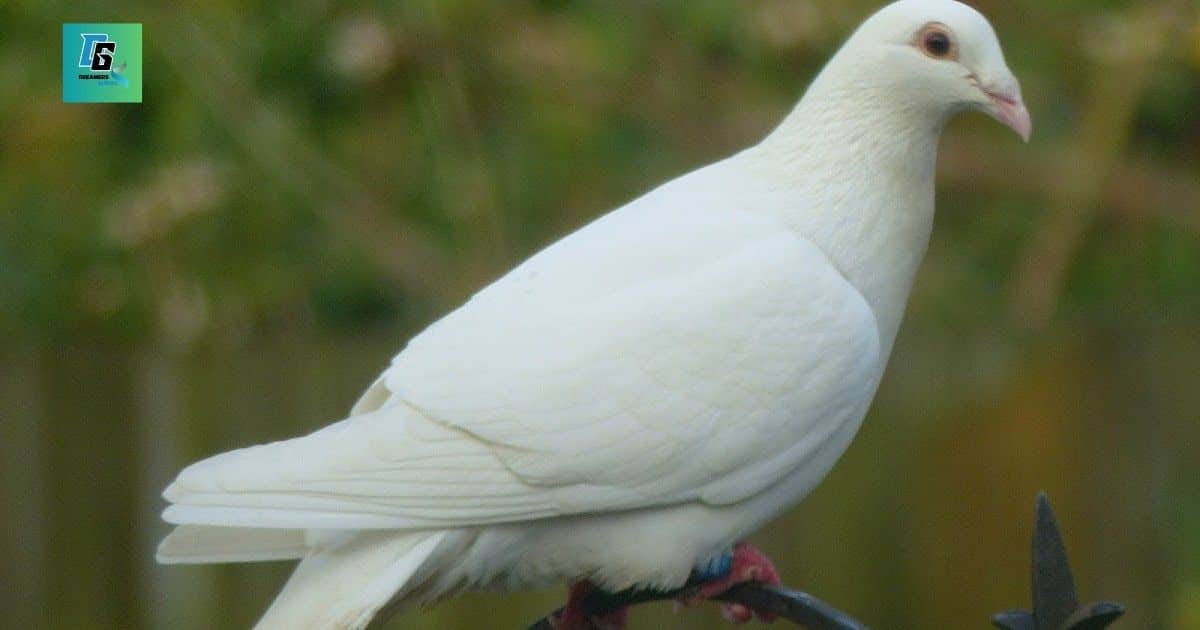
But the dove’s symbolism isn’t limited to religious contexts. During times of war, the image of a white dove has been used in posters and artworks as a powerful plea for peace. Remember Picasso’s famous lithograph “La Colombe” (The Dove)? It became an emblem of hope in the aftermath of World War II. Today, releasing white doves at weddings or funerals symbolizes new beginnings and the release of past grievances.
Olive Branch
When someone extends an olive branch, they’re not just offering a twig from a tree. They’re reaching out with a powerful symbol of peace that dates back to ancient Greece. Legend has it that Athena, the goddess of wisdom, gave an olive tree to the city of Athens as a gift of peace and prosperity. This myth cemented the olive branch’s status as a symbol of reconciliation.
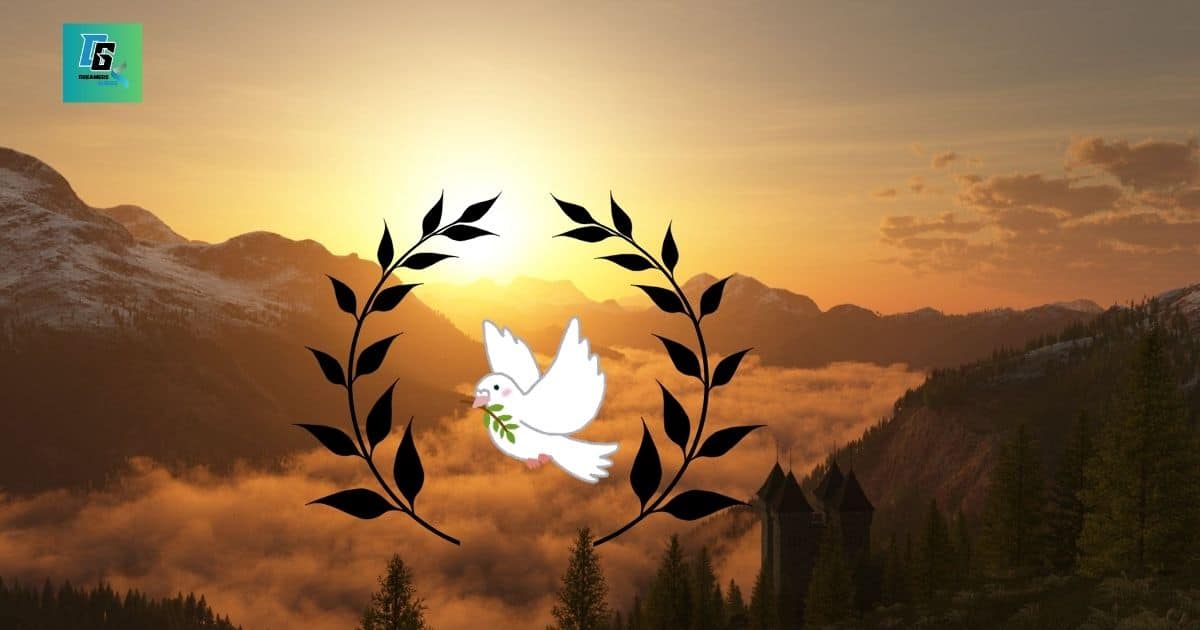
The olive branch gained even more significance in the Biblical story of Noah’s Ark. After the great flood, a dove returned to Noah with an olive leaf, signaling the end of God’s wrath and the beginning of a new covenant with humanity. Today, extending an olive branch is a metaphor for making peace, used in everything from international diplomacy to mending fences with a neighbor.
Read More About : 17 Symbols of Innocence and Their Heartwarming Meanings
Mpatapo
In the rich cultural tapestry of West Africa, the Akan people of Ghana have given us Mpatapo, a powerful symbol of reconciliation. This Akan symbol looks like a knot with no beginning or end, representing the bonds of peace that tie people together. Mpatapo reminds us that conflicts can be complex and tangled, but with patience and understanding, we can unravel them.
The Mpatapo symbol is often used in traditional dispute resolution processes. It serves as a visual reminder that forgiveness and reconciliation are not just personal acts but community efforts. In Ghana, you might see this symbol adorning textiles, jewelry, or even modern office buildings, silently encouraging harmony and understanding in daily life.
Goddess Clementia
In the pantheon of Roman deities, Goddess Clementia stands out as a beacon of mercy and forgiveness. This forgiveness deity wasn’t just a figment of ancient imagination; she represented a core value in Roman society.
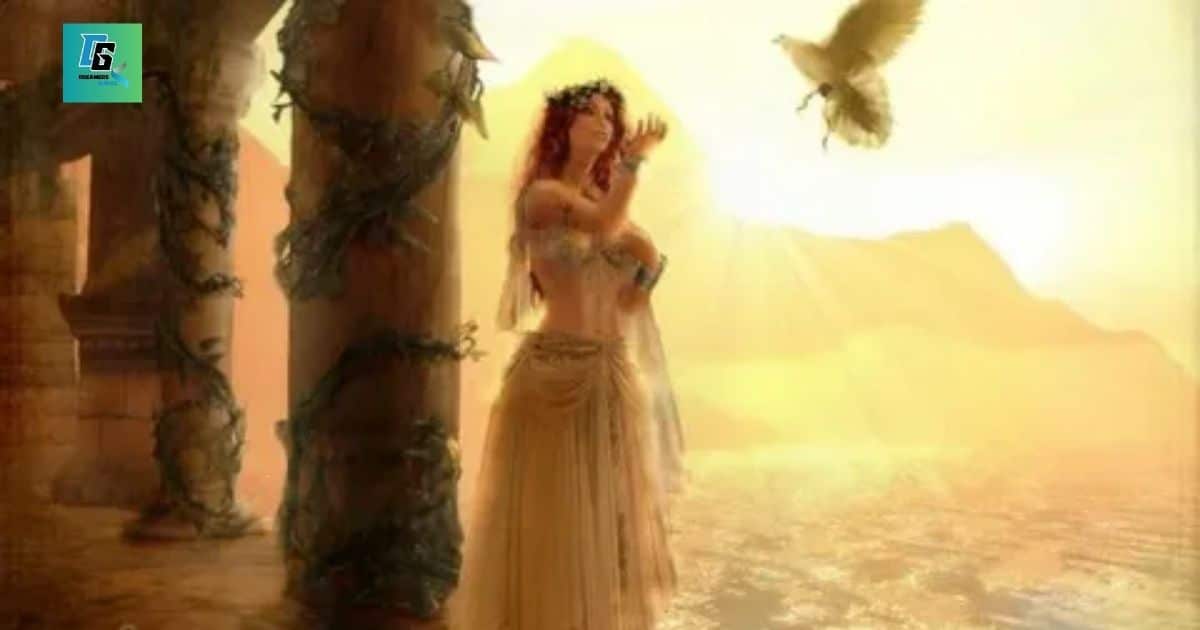
Clementia was often depicted holding an olive branch (there’s that symbol again!) and a scepter, embodying the balance between power and compassion.
Roman emperors would invoke Clementia when pardoning criminals or showing leniency to conquered peoples. Her influence extended beyond the realm of governance into personal relationships.
Romans would pray to Clementia for the strength to forgive personal slights and injuries. Today, while we may not worship Roman gods, the concept of divine mercy continues to play a crucial role in many religions and ethical systems.
Heart
The heart isn’t just a muscle pumping blood through our bodies; it’s a powerful symbol of love and forgiveness. When we talk about forgiving “from the heart,” we’re tapping into a universal understanding that true forgiveness comes from our deepest emotional core. This love symbol appears in countless cultural traditions, from Valentine’s Day cards to sacred religious iconography.

Science backs up the heart’s role in forgiveness. Studies show that the act of forgiving can literally improve heart health by reducing stress and lowering blood pressure. So, the next time you see a heart symbol.
Remember it’s not just about romantic love. It’s a reminder of the healing power of forgiveness and the strength it takes to open our hearts to those who have hurt us.
Hug
There’s something magical about a hug. This simple act of wrapping our arms around another person can speak volumes when words fail us. As a reconciliation gesture, a hug can bridge gaps and mend fences in ways that verbal apologies sometimes can’t. It’s a universal language of forgiveness, transcending cultural and linguistic barriers.

The power of hugs in forgiveness is more than just feel-good psychology. Physical touch releases oxytocin, often called the “love hormone,” which can reduce stress and promote bonding.
In many cultures, a hug is an integral part of the forgiveness process. For example, in some African traditions, reconciliation ceremonies often end with embraces between formerly conflicting parties, symbolizing the restoration of harmony.
Handshake
The handshake is more than just a greeting; it’s a powerful symbol of peace and reconciliation. This simple gesture has its roots in ancient times when extending an empty hand showed that you weren’t carrying a weapon. Today, a firm handshake can seal a business deal, welcome a stranger, or mark the end of a longstanding feud.

In the context of forgiveness, a handshake represents a mutual agreement to move forward. It’s a physical manifestation of “letting bygones be bygones.” The act of clasping hands creates a literal and figurative connection between two people, bridging the gap that conflict may have created. Next time you shake someone’s hand, remember the rich history behind this gesture and its potential to foster peace.
Lotus Flower
The lotus flower is a marvel of nature and a profound spiritual symbol. This beautiful blossom grows in muddy waters, rising above the muck to bloom in pristine beauty. As a symbol of forgiveness, the lotus reminds us that we too can rise above the murky waters of resentment and anger to blossom into our best selves.
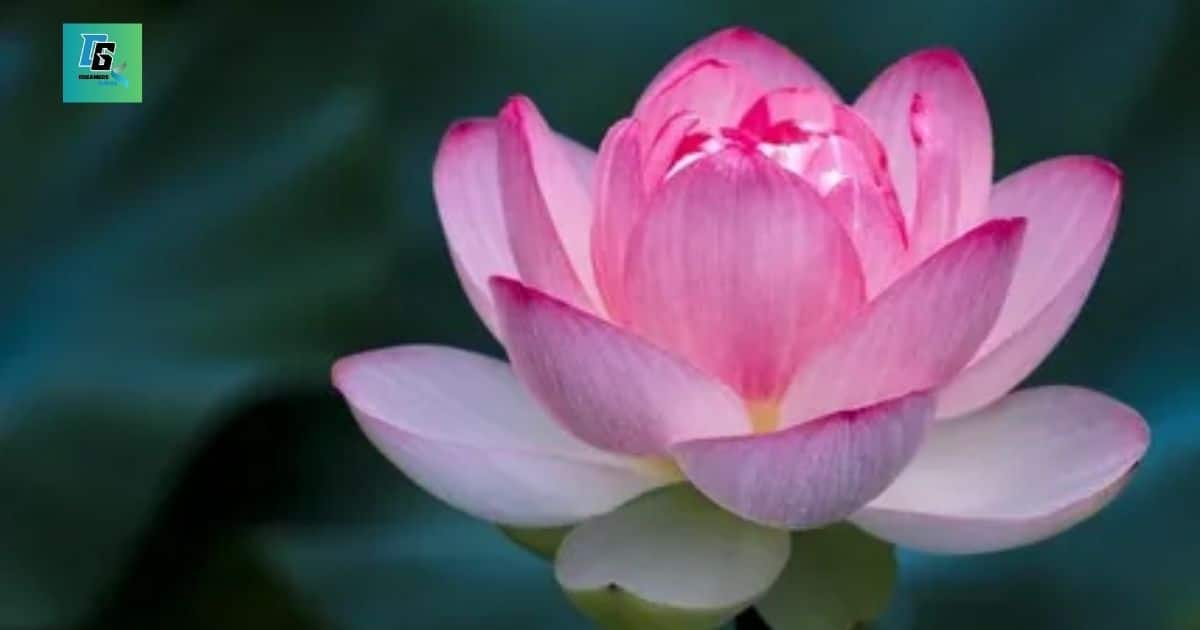
In Buddhist tradition, the lotus represents purity of body, speech, and mind. Its journey from the mud to the surface parallels our own path to enlightenment and forgiveness. Just as the lotus doesn’t allow its surroundings to taint its beauty, we can choose not to let past hurts define us. Meditating on the image of a lotus can be a powerful tool in cultivating forgiveness and inner peace.
Read More About : Sun Symbolism & Meaning: Ultimate Guide
Water
Water is life. It cleanses, refreshes, and renews. As a symbol of forgiveness, water represents the washing away of past transgressions and the start of a new beginning. Many religions use water in purification rituals, symbolizing the cleansing of the soul from sin or negative energy.
In daily life, we can harness the symbolism of water in our forgiveness practices. Some people find it helpful to write down their grudges on dissolving paper and watch them disappear in water. Others might take a cleansing shower or bath, visualizing their anger and hurt being washed away. The fluidity of water reminds us that like a river, life keeps flowing, and holding onto past hurts only prevents us from moving forward.
Offering or Gifts
The act of giving a gift as a peace offering is a tradition as old as human civilization itself. From the biblical story of Jacob offering gifts to appease his brother Esau, to the modern-day practice of bringing flowers to apologize, gifts serve as tangible representations of our desire for reconciliation.

The psychology behind this forgiveness offering is fascinating. A gift can serve as a physical reminder of the giver’s remorse and desire to make amends. It creates a positive association that can help override negative feelings associated with the conflict. However, it’s important to remember that a gift alone isn’t enough; it must be accompanied by sincere apology and changed behavior to truly facilitate forgiveness.
Symbol of Forgiveness
In Native American traditions, particularly among tribes in the Southwest United States, there exists a powerful symbol of forgiveness. This symbol, often depicted as a circle with two intersecting lines, represents the cyclical nature of life and the interconnectedness of all things.
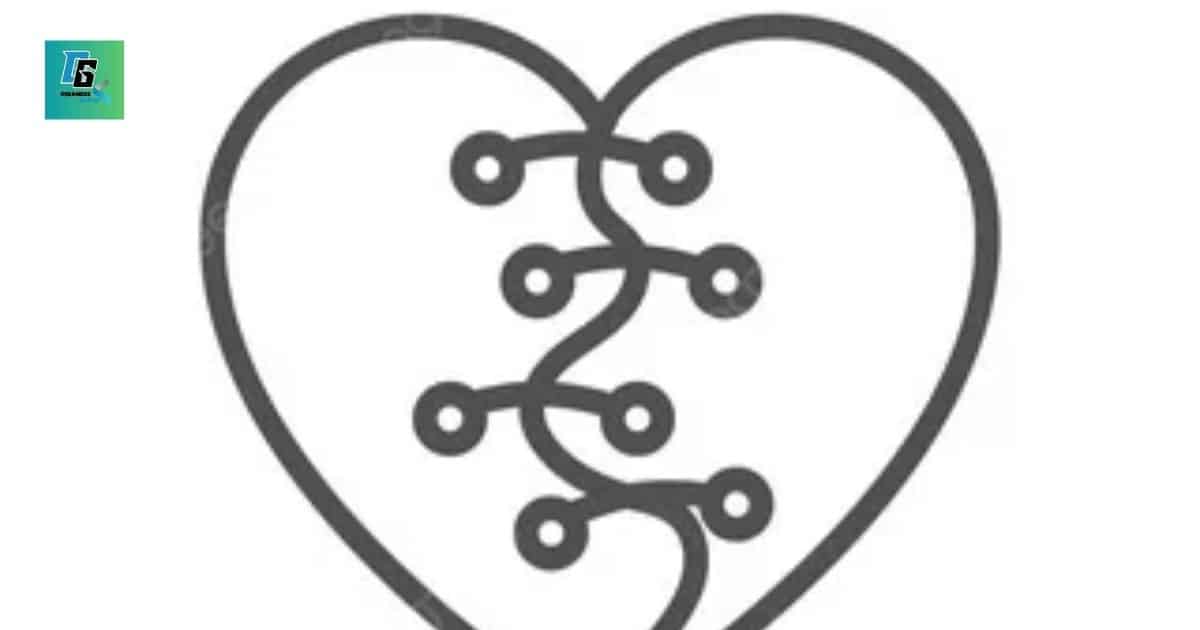
The circle in this peace symbol represents unity and the eternal nature of the spirit. The intersecting lines symbolize the paths of human beings and the Great Spirit coming together. When used in forgiveness rituals, this symbol serves as a reminder that to forgive is to align oneself with the natural order of the universe. It’s a visual representation of the idea that holding onto grudges disrupts the harmony of life, while forgiveness restores balance.
Breath
The simple act of breathing is something we often take for granted, but it can be a powerful tool in the practice of forgiveness. In many spiritual traditions, breath is seen as a life symbol, connecting us to the universal life force. When we focus on our breath, we bring ourselves into the present moment, creating space between us and our grievances.

Breathing exercises can be a practical way to incorporate forgiveness into our daily lives. One technique involves imagining that you’re breathing in peace and understanding with each inhale, and releasing anger and resentment with each exhale. This calming breath practice can help shift our perspective and create the mental space needed for forgiveness to take root.
Quilt/Patchwork
A quilt is more than just a cozy blanket; it’s a powerful metaphor for forgiveness and reconciliation. Each patch in a quilt represents a different piece of fabric, just as each person in a relationship brings their own unique experiences and perspectives. The act of quilting, of bringing these diverse pieces together into a harmonious whole, mirrors the process of reconciliation.
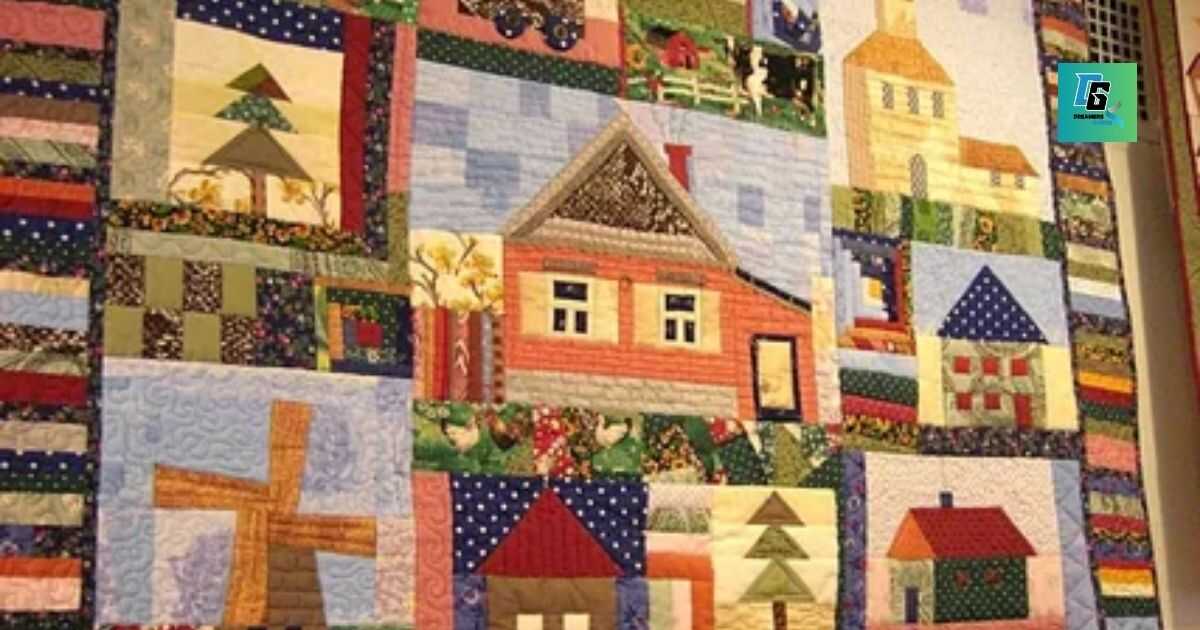
In some cultures, communal quilting has been used as a form of conflict resolution and peacemaking. For example, in post-apartheid South Africa, quilting projects brought together women from different racial backgrounds to work side by side, fostering understanding and healing. The finished quilt serves as a unity symbol, a tangible reminder of the beauty that can emerge when we piece together our differences.
Read More About : 23+ Powerful Symbols of Growth from Around the World
Prayer and Meditation
Across religions and spiritual practices, prayer and meditation have long been used as tools for cultivating forgiveness. These practices offer a way to connect with something larger than ourselves, providing perspective on our interpersonal conflicts. Whether it’s reciting a prayer for healing or engaging in silent contemplation, these spiritual practices can help us find the strength to forgive.

Mindfulness meditation, in particular, has gained recognition for its role in fostering forgiveness. By training our minds to observe thoughts and emotions without judgment, we can create space between ourselves and our grievances. This practice allows us to respond to hurt with compassion rather than reacting with anger or resentment. Regular meditation has been shown to increase empathy and compassion, making the path to forgiveness a little smoother.
Scales of Justice
The scales of justice, often associated with legal systems, also serve as a powerful symbol of forgiveness. These balanced scales represent the weighing of transgression against mercy, of hurt against healing. In the context of forgiveness, they remind us that the process isn’t about forgetting or excusing harmful actions, but about finding a balance that allows us to move forward.

This balance symbol encourages us to consider both sides of a conflict. It asks us to weigh the pain we’ve experienced against the potential freedom that forgiveness can bring. The scales also remind us that forgiveness is often a gradual process, with the balance shifting over time as we work through our emotions and move towards reconciliation.
Conclusion
As we’ve journeyed through these 15 symbols of forgiveness from around the world, we’ve seen how diverse cultures have grappled with the challenge of reconciliation. From the soaring white dove to the intricate knots of Mpatapo, each symbol offers a unique perspective on the art of letting go and moving forward.

These symbols remind us that forgiveness is not just a personal act, but a universal human experience. They show us that across time and cultures, people have recognized the transformative power of forgiveness. Whether we find resonance in the cleansing waters of a ritual bath, the warmth of a heartfelt hug, or the meditative focus of a prayer, these symbols provide us with tools to navigate the often challenging path of forgiveness.
As you reflect on these symbols, consider which ones speak to you. Perhaps you’ll be inspired to incorporate some of these ideas into your own forgiveness practices. Remember, forgiveness is not about forgetting or excusing harmful actions. It’s about freeing ourselves from the burden of resentment and opening our hearts to the possibility of healing and growth.
In a world often divided by conflict, these symbols of forgiveness offer hope. They remind us of our shared humanity and our capacity for compassion. By embracing the wisdom embedded in these symbols, we can work towards creating a more forgiving, peaceful world – one act of reconciliation at a time.